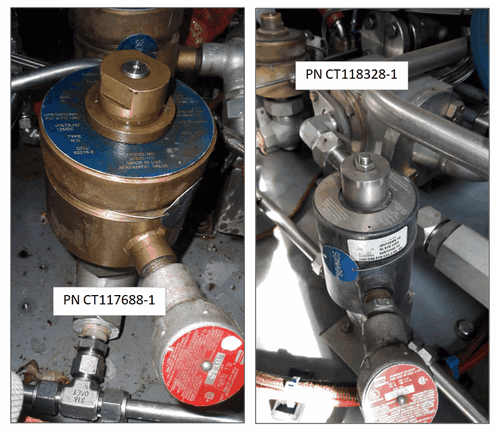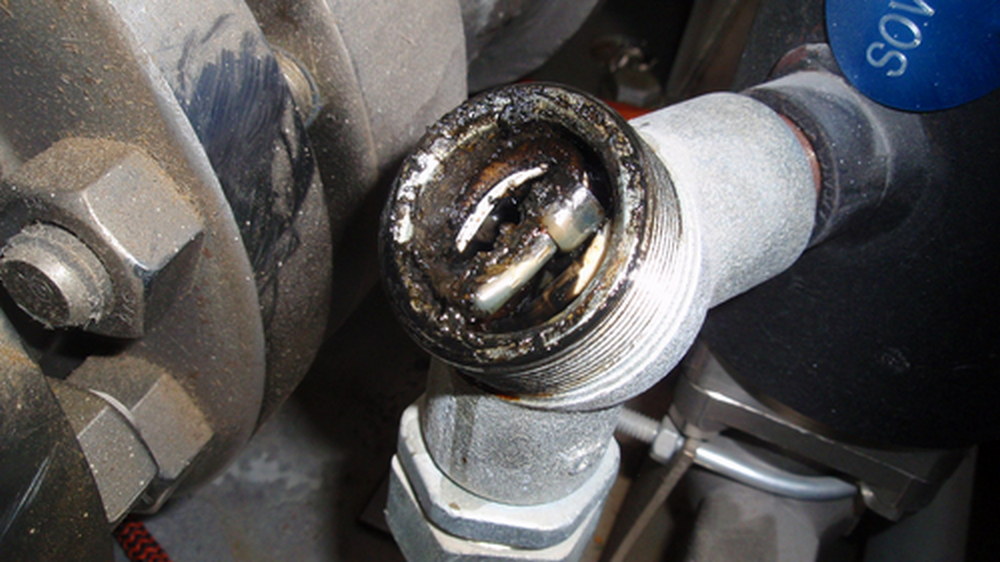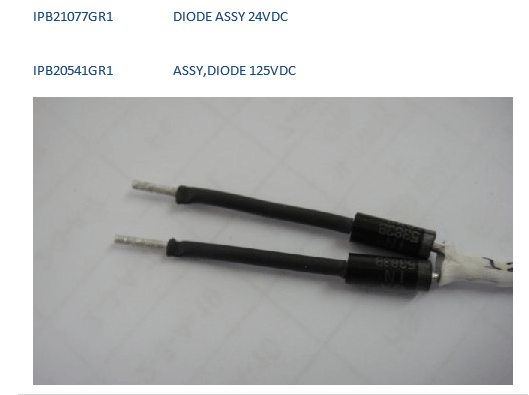ARTICLE REF – ART142
History of SOV
There is a long history with these drain & vent solenoids:
First there were the original PN CT117688-1 valves and there were failures mainly due to heat in the enclosures.
In 2009 PWPS introduced a replacement valve PN CT118328-1 which was to replace the original valve. There were a huge number of failures world wide. They kept failing due to heat of the enclosure and were not up to the job. Having excess heat in the enclosure is a problem and chan be caused by numerous issues. Service Bulletin 09M17 gives the information on that change.
Then in 2011 PWPS issued Service Bulletin 11M09 which gave instructions on how to inspect and identify coils (CT118328-2) that are likely to fail and make available a replacement 2-Way Solenoid Valve, PN CT118328-3, with a new Solenoid Coil, PN CT118328-4.
Below you can see the original valve which was not a bad solenoid valve and probably should never have been replaced. On the right you see the new type valve which is black in colour.

Issue – Gas coming out the vent when running.
This was an issue with SOV1402. It is normally energized closed when running. The bolts holding on the solenoid to the valve were loose causing gas to go to vent and some also entered the enclosure.

Issue – Solenoid failure.
The normal failure with the new solenoid valves was due to overheating of the internal wiring causing the internal insulation to fail and eventually the solenoid would short and fail. It was typical to find the melted insulation in the wiring conduit.

Issue – Fly-back diodes.
Fly-back diodes as seen in the photo are fitted in the drain – vent circuits to absorb the voltage spike when the solenoid was de- energized. These spikes can cause noise in signal circuits if not fitted. Often you will see the small relays giving big sparks when the solenoid is de-energized. This is an indication that you should check the fly-back diodes and they should also be looked at during scheduled maintenance. The large sparking cause the relay contacts to weld together preventing the correct operation of the relay and consequently the drain or vent valve.

This is a good video which shows you how to test a zener diode.
End of article.
